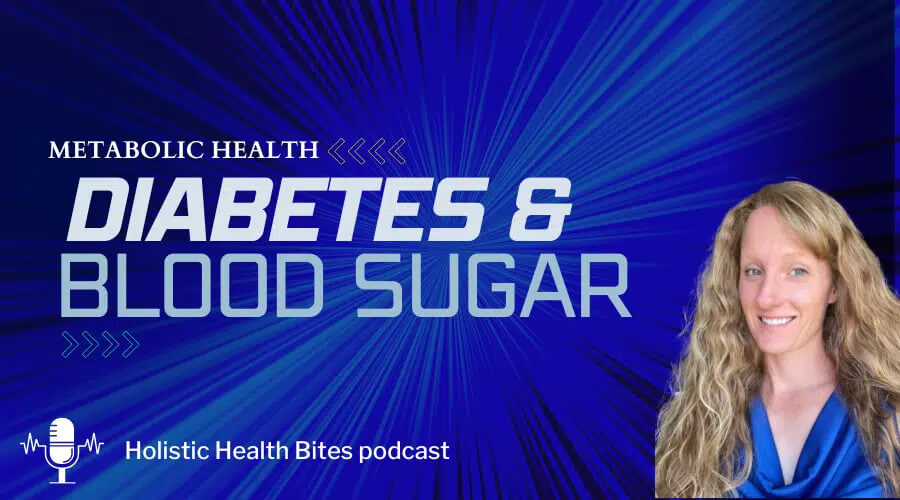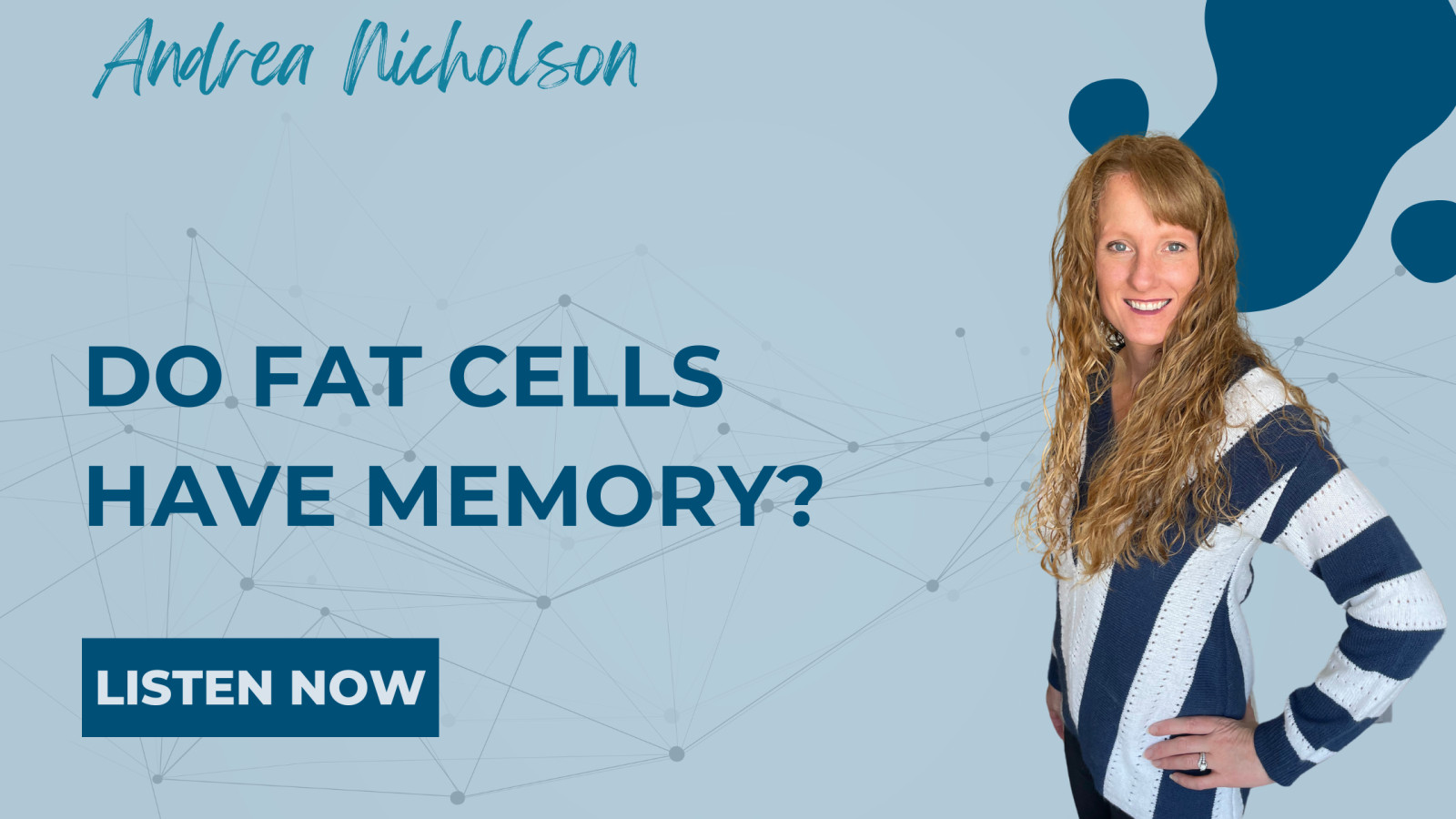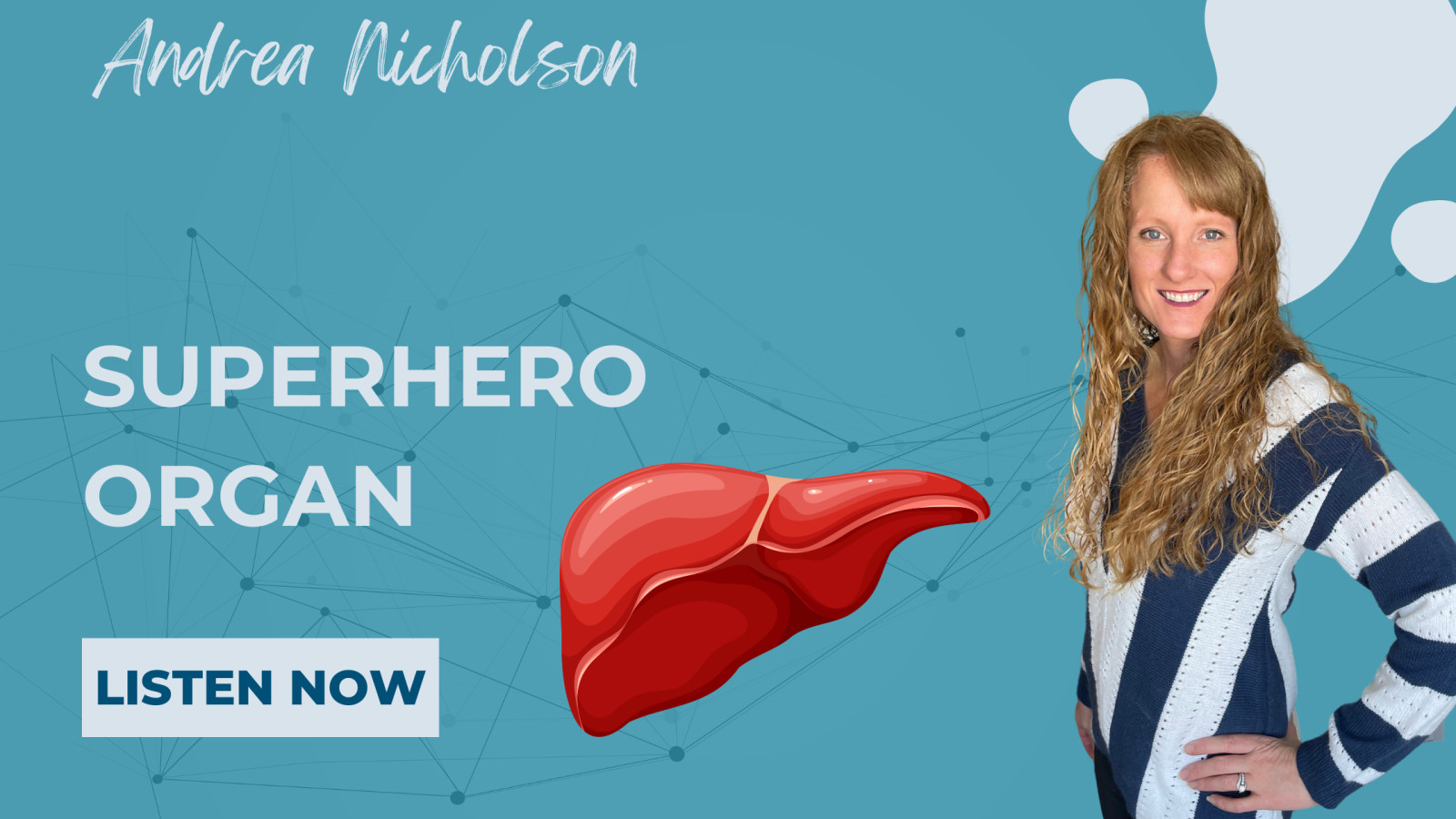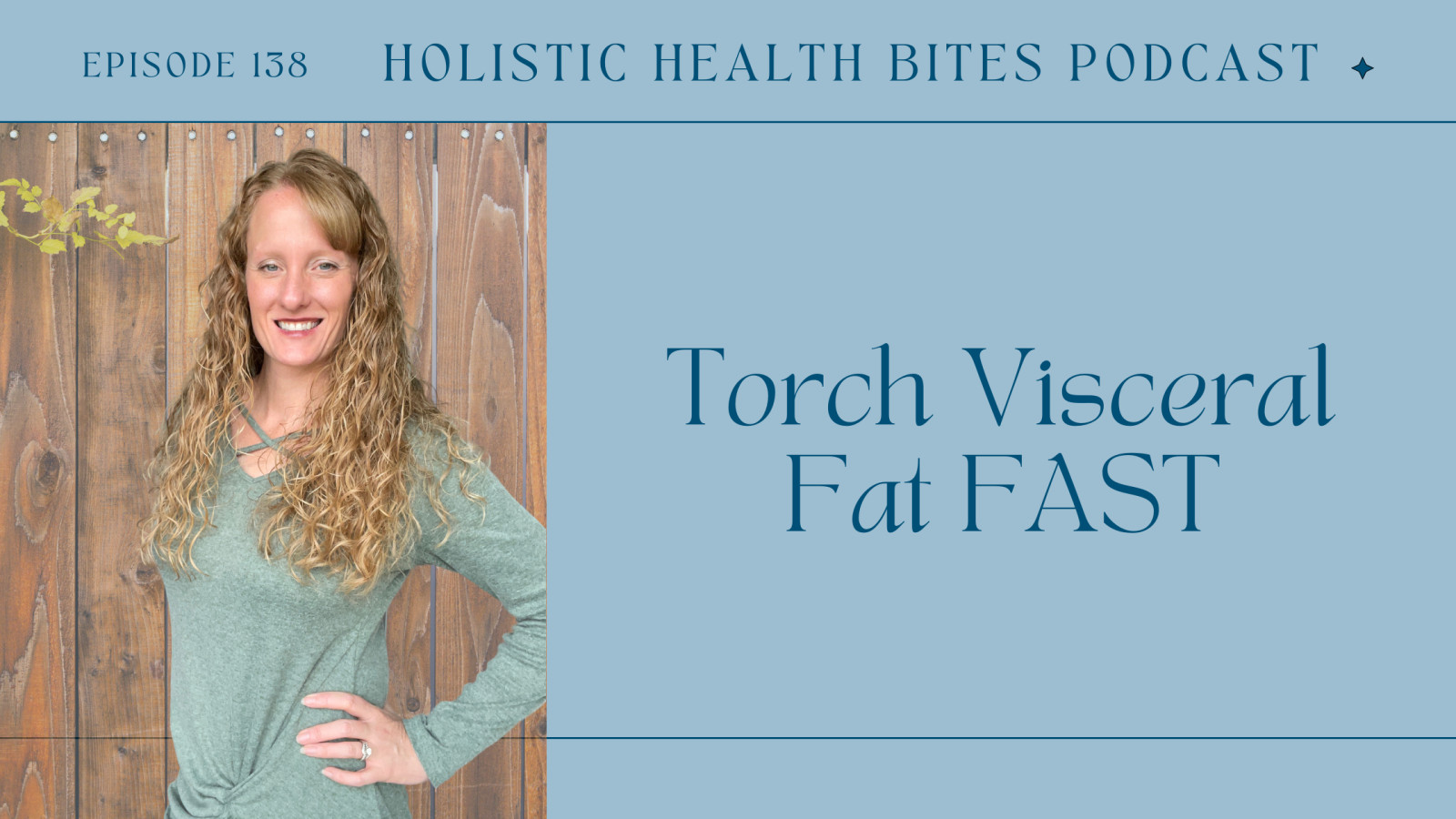
Diabetes and blood sugar dysregulation
Diabetes can show up in a variety of forms, and there are other types of blood sugar dysregulation conditions. In this episode, we’ll break it all down.
Types of Diabetes:
Type 1
Type 1 is an autoimmune condition where the body’s own immune system has attacked the portion of the pancreas that produces insulin, namely the Beta Cells or the Islets of Langerhans. This type of diabetes does seem to have a genetic component and often appears in children, adolescents, and young adults. The diagnosis of Type 1 is generally based on blood glucose, insulin, C-peptide, and antibodies to the pancreatic cells or proteins.
Currently, there is no remedy for reversing type 1 diabetes, but it can be well managed through low carbohydrate whole food eating and the use of minimal insulin or other medications. As with all conditions, diet and lifestyle can minimize further damage and help people live full, robust lives. A poorly managed diabetes diet that requires the use of large doses of insulin can lead to insulin resistance leading to both type 1 and type 2 diabetes in one person!
Type 2
Type 2 is the type of diabetes most of us are familiar with. It is primarily caused by poor diet and lifestyle choices, though does seem to have some genetic components as well. This is a condition of chronically elevated blood sugar levels that initially drive chronically elevated insulin levels. Many doctors will diagnose type 2 if they see elevated fasting blood sugar and/or significantly elevated hemoglobin A1c greater than 6.5%. We will continue the discussion about type 2 in a few moments, as this is the most common and most easily remedied with diet and lifestyle – in many cases, it can be fully reversed.
Type 1.5 (or LADA)
Type 1.5 is a form many likely have not heard of. This is also known as latent autoimmune diabetes in adults or LADA. This is becoming increasingly more common as are most autoimmune conditions. They call it 1.5 because it shares features of both type 1 and type 2. It is generally diagnosed later in life than type 1, but does have the autoimmune component. In fact, it’s estimated that 15-20% of type 2 diabetes cases are misdiagnosed as type 1.5 and this mistake is discovered when the medications for type 1.5 fail to work properly. Those who truly do have type 1.5, may eventually need to use insulin, but do initially still produce their own. The same diet and lifestyle advice of a healthy low-carb diet and overall lifestyle can help prevent damage to the pancreas, reducing the need for increasing medications.
MODY
And one final type of diabetes is called MODY – or mature onset of diabetes of the young. This is a rare genetic disorder that causes the slow onset of diabetes-type symptoms, generally without obesity. This type of diabetes can usually be treated with diet, lifestyle, and medications. It may require the use of insulin in some cases.
Type 3
I’ll also mention here that there are some experts who now talk about Type 3 Diabetes – which is directly related to Alzheimer’s and dementia caused by insulin resistance of the brain. Some studies have shown tremendous improvement in cognition when following a low carb or ketogenic diet or by taking exogenous ketones in those who aren’t capable of adhering to the diet. What’s happening in the brain is the cells can’t uptake glucose for energy due to insulin resistance. This means the brain is starving for energy, causing cognitive decline. The ketones, either developed naturally in the body from body fat or from taking exogenous ketones, can slip directly into the cells without the need for insulin and can provide that much-needed energy. I’ll talk more about this in an upcoming episode about brain health as it relates to metabolic health.
Other blood sugar conditions
Let’s also talk about some other blood sugar imbalance conditions that don’t necessarily rise to the level of a “disease” diagnosis.
Insulin resistance:
This is a state in the body where the cells aren’t responding to the presence of insulin. Insulin resistance can also develop into metabolic syndrome and type 2 diabetes. In general, insulin resistance develops due to chronically elevated blood sugars that trigger elevated levels of insulin to be released. When the cells are already full of sugar, the cells won’t allow any more in. This then signals the cells to turn down the sensitivity to insulin, meaning it can’t attach to the cell and allow more glucose in. The blood sugar is still high, so the pancreas produces even more insulin to get the sugar out of the blood and into the cells. Basically, the pancreas is screaming at the cells to allow more sugar in – but just like the boy who cried wolf, the cells aren’t listening anymore.
Often people with insulin resistance will feel more tired after eating and also feel the need to eat sweets after meals. This happens because the glucose from the meal is stuck in the blood, unable to get into the cell where it can be used. The body perceives this lack of fuel for energy and turns up the appetite – specifically for fast-acting fuel like sugar. This of course doesn’t help anything, and just further drives elevated blood sugars and insulin levels.
Hypoglycemia:
This is a condition of blood sugars dropping too much. There are two different kinds of hypoglycemia – fasting hypoglycemia and reactive hypoglycemia.
Fasting hypoglycemia would be found on a fasting blood test and would typically be less than 70 and likely would show symptoms like shakiness, tiredness, brain fog, and weakness. These symptoms can also present any time during the day when blood sugars fall too low between meals.
Reactive hypoglycemia occurs about 3 hours after consuming a meal. This generally started with elevated blood sugars about an hour after eating (greater than 130 mg/dL), then plummeted below 70 mg/dL about 3 hours after eating. This is due to the body overreacting to the high blood sugar values, pumping out too much insulin, therefore dropping blood sugars too much.
Low blood sugars can also occur due to excessive alcohol intake, excessive insulin injections, and intake of medications like propranolol or diabetes medications. Both types of hypoglycemia can fuel insulin resistance, so it’s important to avoid excessively high blood sugar levels.
How do you know if you have diabetes or blood sugar imbalance?
Testing is the best way to know where you stand with diabetes and blood sugar. A comprehensive blood chemistry panel can provide great insights as to what is going on in the body. If type 1 or LADA are suspected, antibody testing is important. If MODY is suspected, a genetic test can be performed. If hypoglycemia, insulin resistance, or type 2 are suspected, markers like fasting glucose, fasting insulin, hemoglobin A1c, LDH, fructosamine, C-peptide, leptin, lipid (cholesterol) panel, liver enzymes, and uric acid can be very helpful. Just know that most conventional doctors will only run a few of these markers which don’t provide as much detail. If you would like a comprehensive panel like this, I’d be happy to help out.
What can be done if you do have blood sugar dysregulation?
Diet is the first and biggest factor. Focusing on a whole food diet that is low or free of refined carbohydrates, low to moderate in whole food carbohydrates and starches (depending on the severity of your condition), and filled with quality proteins and healthy fats. Beyond diet, ensuring you’re getting adequate daily movement or exercise, getting adequate sleep, managing stress levels, and reducing toxin exposures as much as possible.
Blood sugar imbalances are directly related to nearly every health condition – depression, anxiety, thyroid disoders, migraines, hormone imbalances and infertility, cognitive decline, heart disease, hypertension, vision and hearing impairments, gut imbalances, declining bone health, cancer, and so much more.
And as we’ve talked about in previous episodes, currently less than 12% of the adult population are metabolically healthy – so even without labs, if you have low energy, excess weight, brain fog, frequent illnesses, pain, headaches, high blood pressure, hormone imbalances…this definitely applies to you. The great news is a LOT of these issues can be eliminated or greatly improved through holistic diet and lifestyle strategies.




















0 Comments